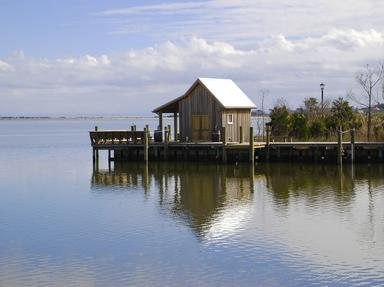Quiz Answer Key and Fun Facts
1. On April 9th 1585: five ships set sail from Plymouth, England carrying settlers (all male), their objective to set up a colony in the new world. Who was in command of the expedition?
2. In 1585 who was elected the first governor of Roanoke Island?
3. On May 8th 1587: This famous seagoing adventurer organised another expedition to the New World. This time families were on board the ships leaving Plymouth for a new life in America. Who was this man?
4. On 18th August 1587 Ananias Dare and Eleanor White became parents to the first baby of English heritage to be born in the New World. What was the child's name?
5. This Native American Chief regretted befriending the first colonists: the alleged theft of a silver cup that led to tension between the Indians and colonists. What was his name?
6. Who was made Governor of Roanoke on 7th January 1587 after Ralph Lane, returned home to England after a failed attempt to set up the first colony?
7. Apart from dwindling supplies, what was the other factor that prompted John White to leave his family at Roanoke and return to England for help?
8. In 1584 Sir Walter Raleigh sent two captains to the New World to survey the land and report their findings, before sending out settlers. Who were these men?
9. When John White left Roanoke in 1587 why did it take him three years to return, even though he knew the colonists needed vital supplies?
10. There was a word carved onto a post and three letters carved into a tree which is thought to be a clue to the colonists fate. What was the word and what were the letters?
Source: Author
lindybarr
This quiz was reviewed by FunTrivia editor
bloomsby before going online.
Any errors found in FunTrivia content are routinely corrected through our feedback system.
